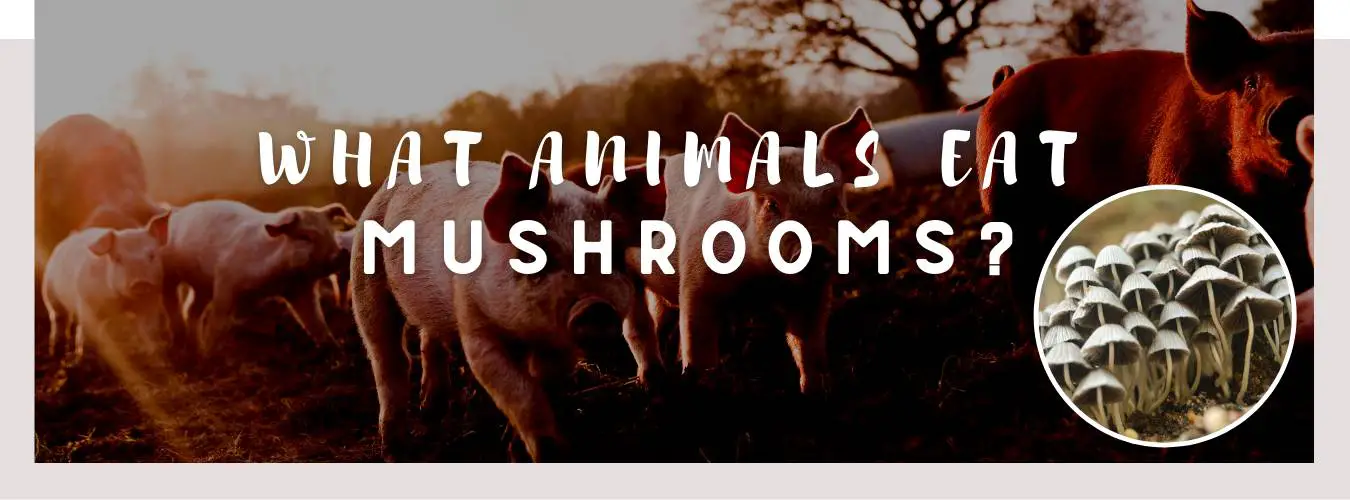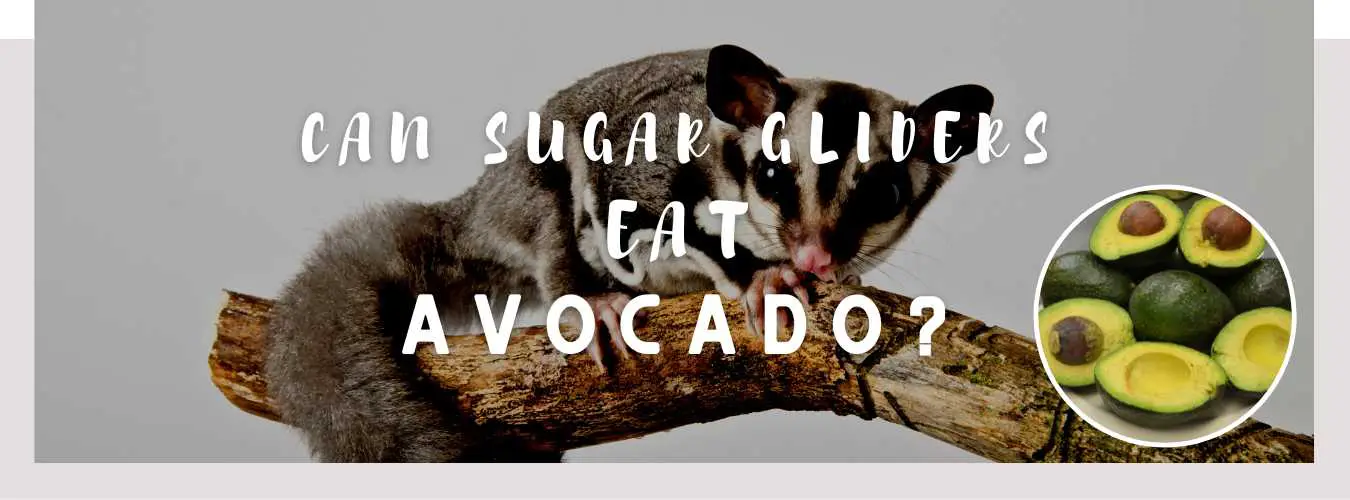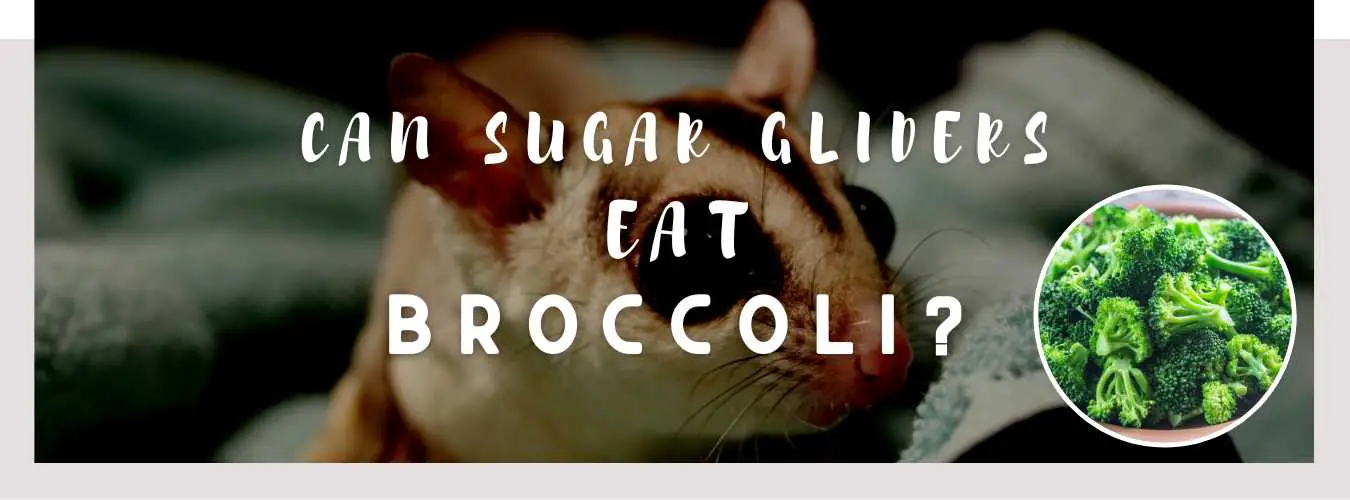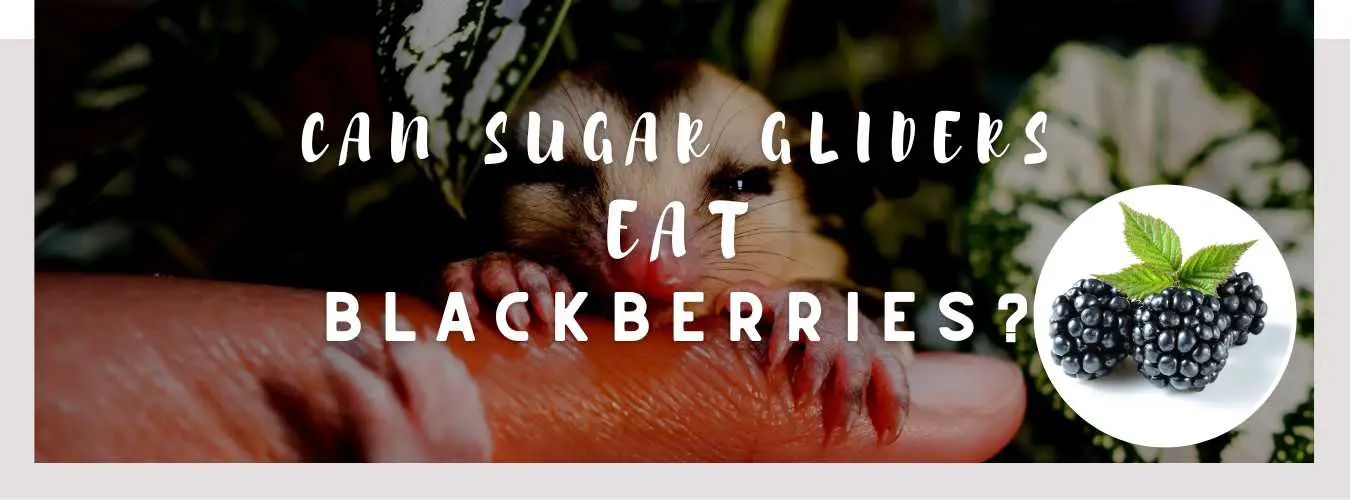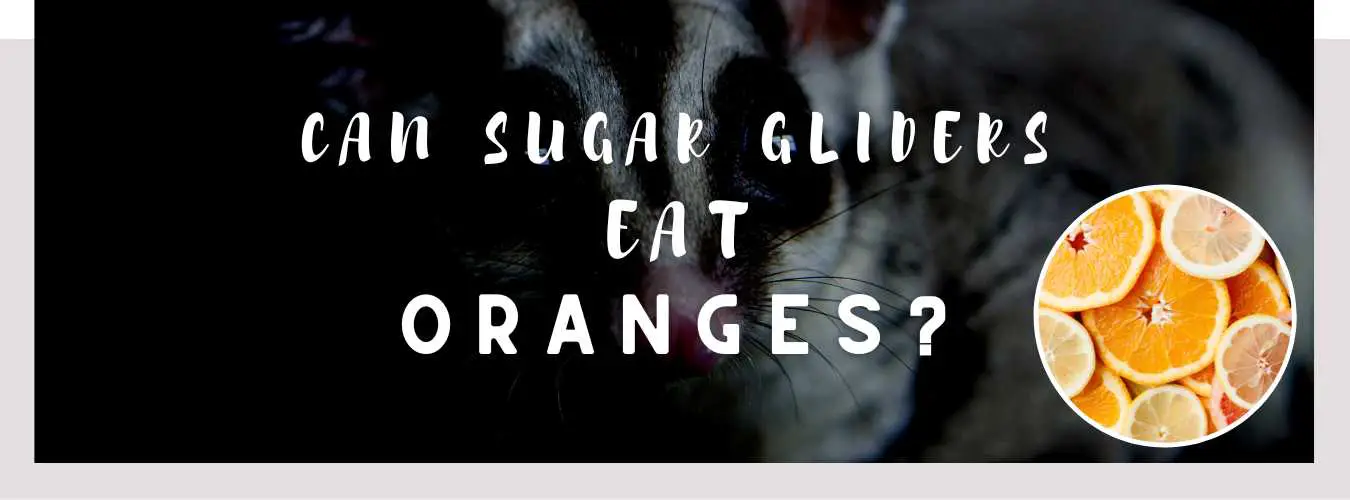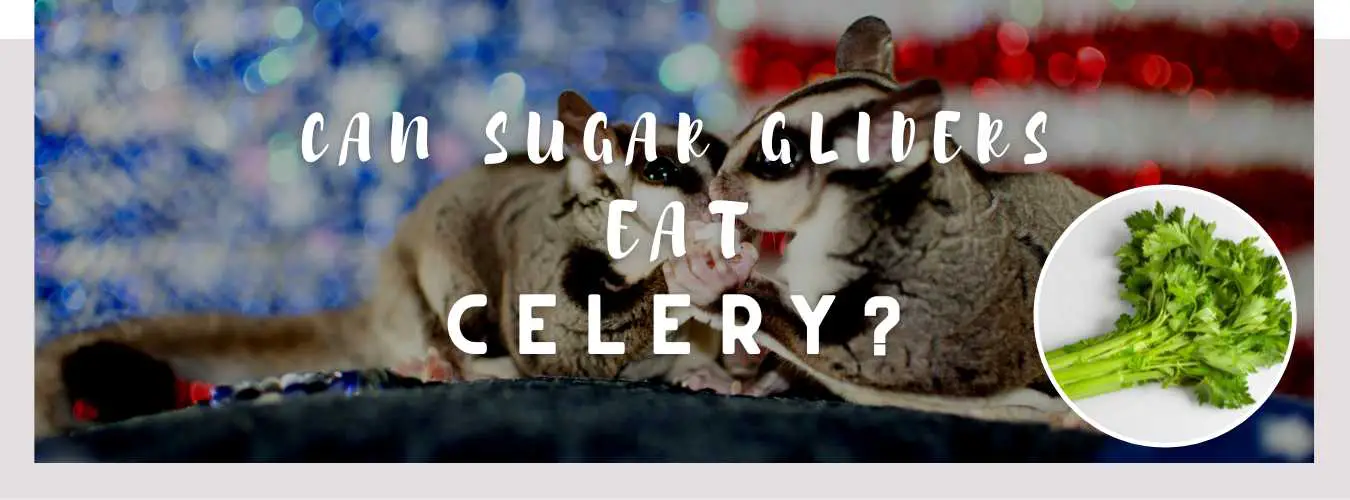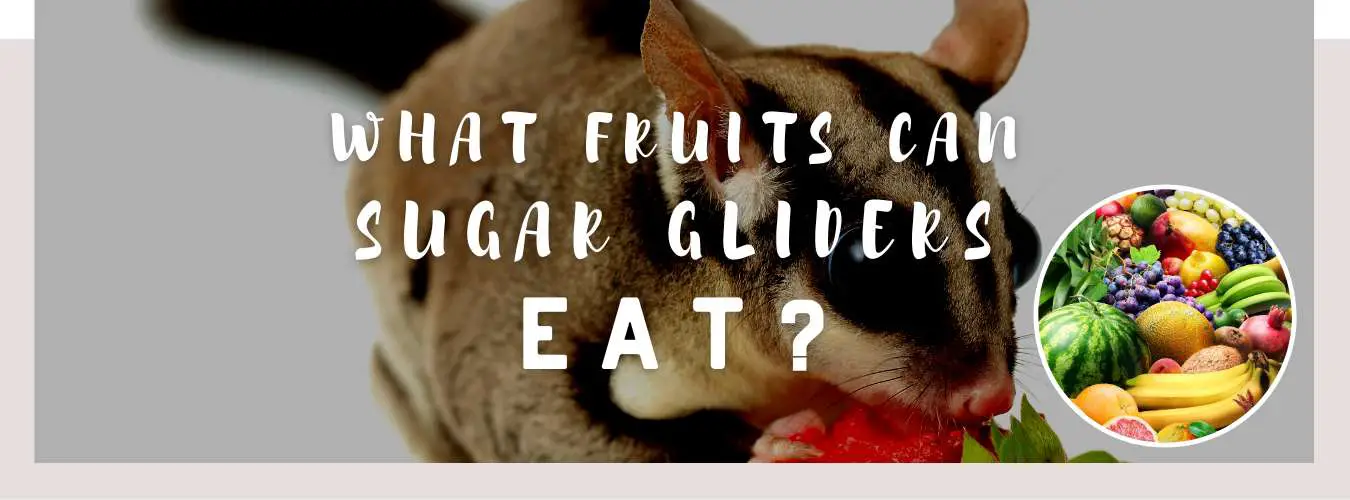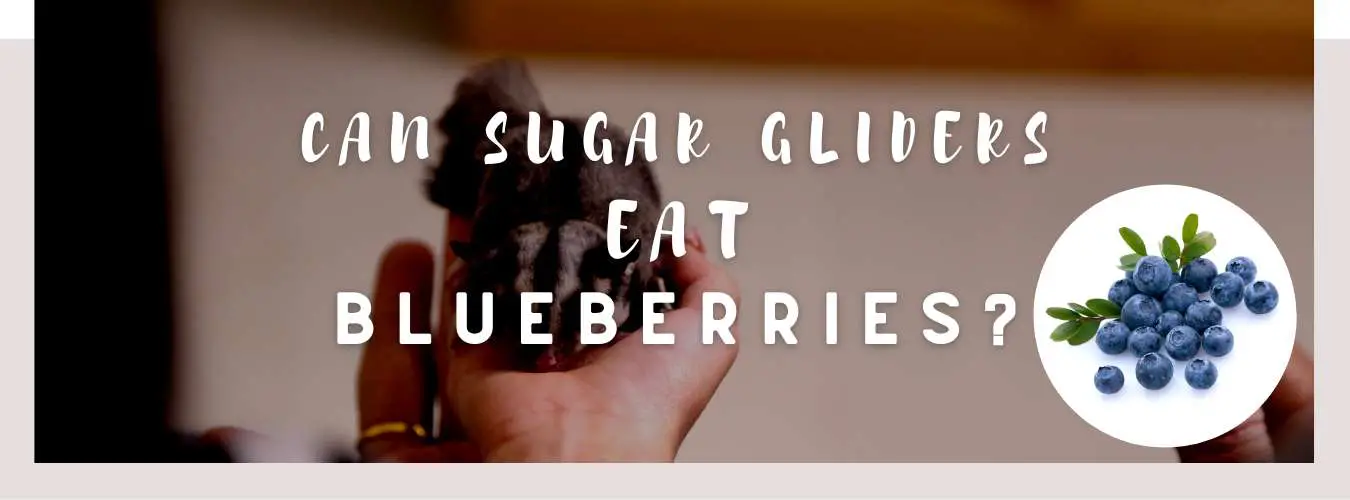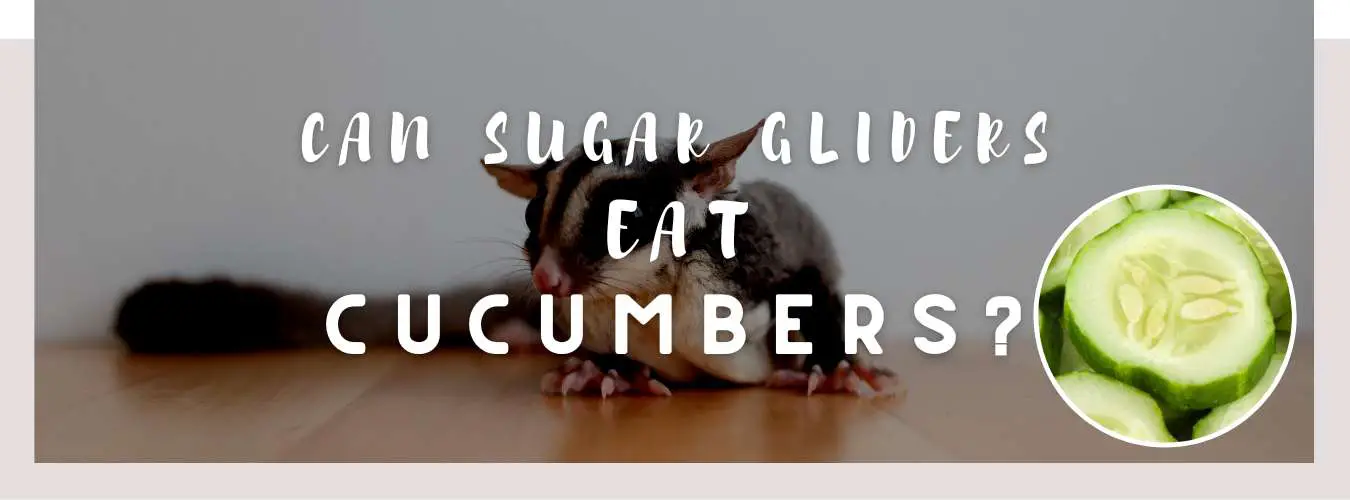
Mushrooms are fungi that humans consume. Humans consume mushrooms for psychedelic effects, medicinal purposes, and food. But mushrooms also form a large portion of the omnivore and herbivores’ diet.
They naturally grow anywhere they find favorable conditions. While some mushrooms are safe to eat, a larger number of mushroom species are poisonous. But it is not uncommon to find some critters actively foraging for this dangerous food choice.
In case you’re wondering what animals eat mushrooms, this article enumerates some of them.
Read on to find out.
WHAT ANIMALS EAT MUSHROOMS?
Since mushrooms are neither plants nor animals but fall into a unique kingdom of organisms called fungi, it is no surprise that both herbivores and omnivores find them as a delicious meal to feast on. There are a lot of animals that eat mushrooms but below is a list of some:
PIGS
Pigs love mushrooms. The diet of a pig is largely undefined, but fungi, especially truffles and mushrooms, are on the list. These omnivores with a large appetite have a particular liking for mushrooms, so much so that they will almost always eat them anywhere they find them.
Although truffles aren’t mushrooms, they are under the same kingdom of fungi and taste similar to mushrooms. However, truffles mainly grow underground while mushrooms can be found above ground.
Pigs find it very easy to locate mushrooms and truffles underground with the help of their snouts. They have a powerful sense of smell and can pick up the scent of mushrooms from far away.
Pigs have a digestive system similar to that of humans. So if you want to use mushrooms as a feed choice for pigs, it would be better to use only mushrooms that are safe for humans to eat and it would be best to feed only cooked mushrooms.
You might also like: What Animals Eat Carrots?
DEER

Deer are herbivores, and mushrooms form a large part of their diet. It is not uncommon to find mushrooms among their meals. When grass is scarce in a given area, deers often turn to mushrooms to fill their bellies. Mushrooms are healthy, serving as nutrient supplements to these animals whose diet mainly consists of grass.
Like pigs, deer have a strong sense of smell. They can differentiate between different kinds of grasses and flowers to feast on. Likewise, they can also identify the scent of mushrooms, find their location, and enjoy their hard-earned treat.
Unfortunately, hunters can’t use deer to search for mushrooms. This is because deer can eat both deadly and safe mushrooms with no adverse effects on their bodies. Therefore, relying on a deer’s sense of smell to find safe and edible mushrooms is very risky.
BEARS
Bears also eat mushrooms. These giant omnivores eat almost anything, ranging from fish and insects to grasses, berries, roots, and other mammals. While searching for tree roots to munch on, it is natural for bears to stumble across mushrooms and snack on them as well. Mushrooms are more often found at the base of tree roots, so they’ll be easily spotted by these omnivores.
Bears have a great sense of smell and can only identify mushrooms that contain poisonous toxins. Some mushrooms that may be toxic for humans would be hardly harmful to bears. Some bears have even eaten vast amounts of deadly mushrooms and lived! So, if the mushroom isn’t poisonous to the bear, they will likely eat it even if it can harm humans.
On the other hand, bears whose sense of smell has been damaged put themselves at the risk of poisonous mushrooms. The results have almost always been lethal.
SQUIRRELS
Squirrels love and eat mushrooms. Squirrels usually eat fruits, seeds, acorns, nuts, and fungi. Therefore mushrooms should be a regular part of their diet and not just a tasty once-in-a-while snack if you are keeping squirrels for pets.
You will typically notice a squirrel leaving mushrooms to dry in the sun for a while before eating them. – squirrels can also identify poisonous mushrooms and stay clear of them.
However, recent studies have shown that squirrels can eat deadly mushrooms like the Aminata mushrooms and live.
You might also like: What Animals Eat Seaweed?
SLUGS

Slugs eat mushrooms. Slugs can eat almost anything, be it leaves, worms, or of course, mushrooms. If you grow mushrooms, you’re probably familiar with slug infestations. Slugs are natural pests of mushrooms, eating the mature fungus and its spores.
Mushrooms grow in moist locations, and these moist places are the right places to find slugs. Mushrooms form a large part of slugs’ diet for this reason. You will usually find slugs on mushrooms around moist places like the roots of trees covered with dried leaves. These are the ideal places to find mushrooms.
Slugs can also eat poisonous mushrooms. These remarkable animals can eat toxic mushrooms and other toxic plant matter that could kill humans and many other animals. One of the reasons for this is that they have no digestive system. So, while the toxins in the mushrooms could kill other animals with digestive systems, slugs are immune to the toxins.
SNAILS
Snails also feature on the “what animals eat mushrooms” list. Just like slugs, snails are mainly found on moist soil and leaves. They naturally love to eat soft plant matter, and mushrooms are no exception. That is why they will munch on mushrooms whenever they’re spotted.
Snails are mainly herbivores, and mushrooms are very healthy for them. Mushrooms are rich in calcium, and snails need this vital mineral to develop their shells.
FINAL THOUGHTS
While you may be quick to think that only humans consume mushrooms, there is a long list of animals that survive on these fungi. Some have the mechanism to determine which mushroom is edible and non-toxic. Others do not have such mechanisms and are indifferent to the presence of any toxins in the mushrooms as they are less likely to be affected. Though this list is not exhaustive, it is a good starting point for identifying animals that eat mushrooms.
I am a huge animal lover and have four dogs, a Labrador, Jack Russell, Pug, and Teacup Yorkie. I also have a cat and a Cockatiel. I have had pets since I was a toddler, and there was not a day when there wasn’t an animal in my house.

